Horses have played a crucial role in human history, shaping civilizations and cultures across the globe. Among the countless breeds, some stand out due to their rarity and unique characteristics. This article delves into the stories of these extraordinary breeds, exploring their origins, features, and the factors contributing to their rarity.
American Cream Draft
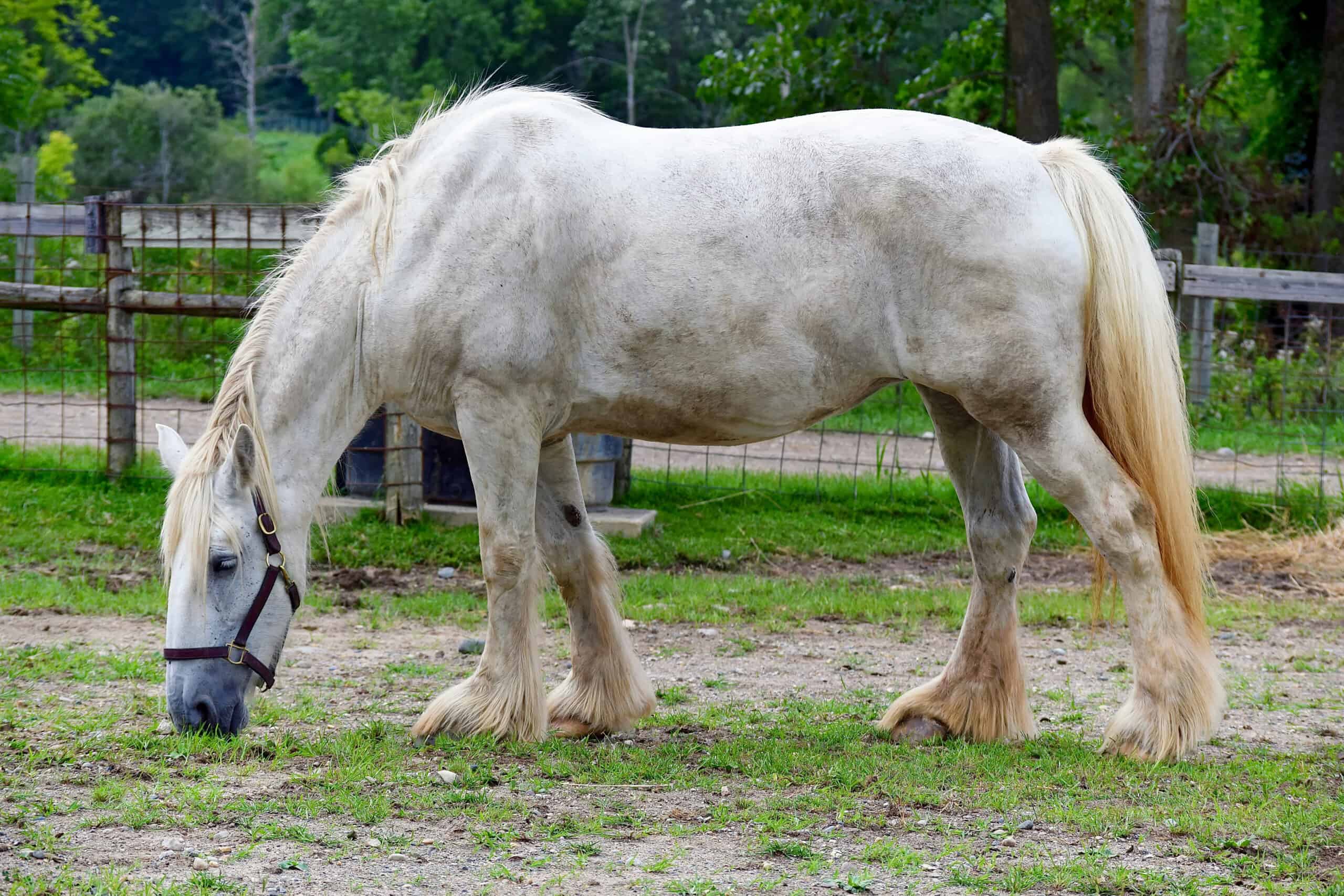
The American Cream Draft is a true gem among horse breeds. Originating in the United States, this breed is known for its distinctive cream-colored coat and amber eyes. Standing between 15 and 16.3 hands high, these horses have a sturdy build, making them excellent for farm work. The breed’s rarity stems from its limited genetic pool and the decline in demand for draft horses with the advent of mechanized farming. Efforts to preserve the American Cream Draft have increased, but it remains one of the rarest horse breeds.
Cleveland Bay
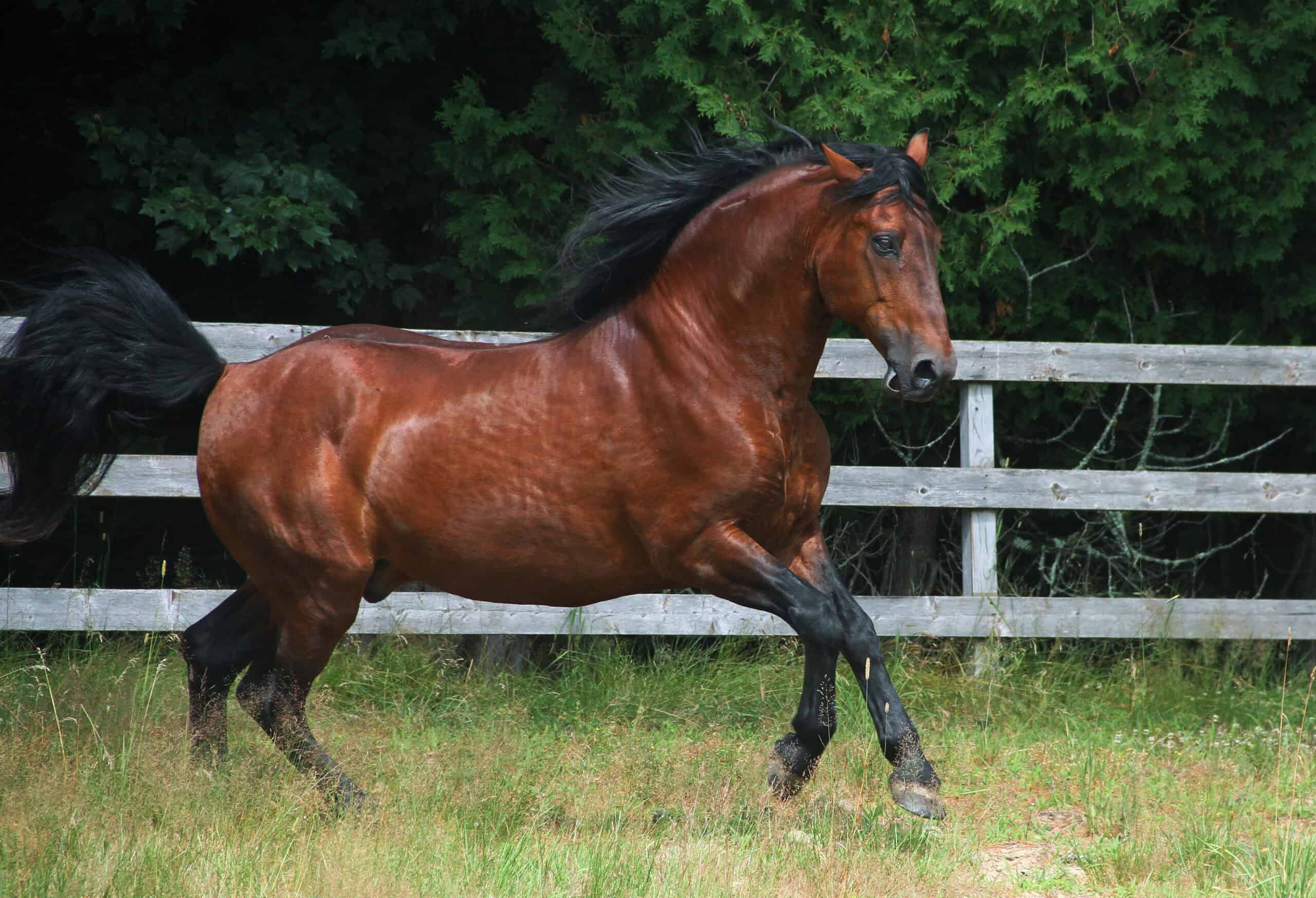
The Cleveland Bay is an English breed with deep historical roots dating back to the Middle Ages. Originally used as pack horses, these versatile animals became known for their strength and endurance. Typically standing between 16 and 16.2 hands high, Cleveland Bays have a distinctive bay coat with black points. This breed is rare since its population plummeted in the 20th century owing to transportation and farming changes. Despite their decline, Cleveland Bays are revered for improving horse breeds’ stamina and power in crossbreeding schemes.
Dales Pony
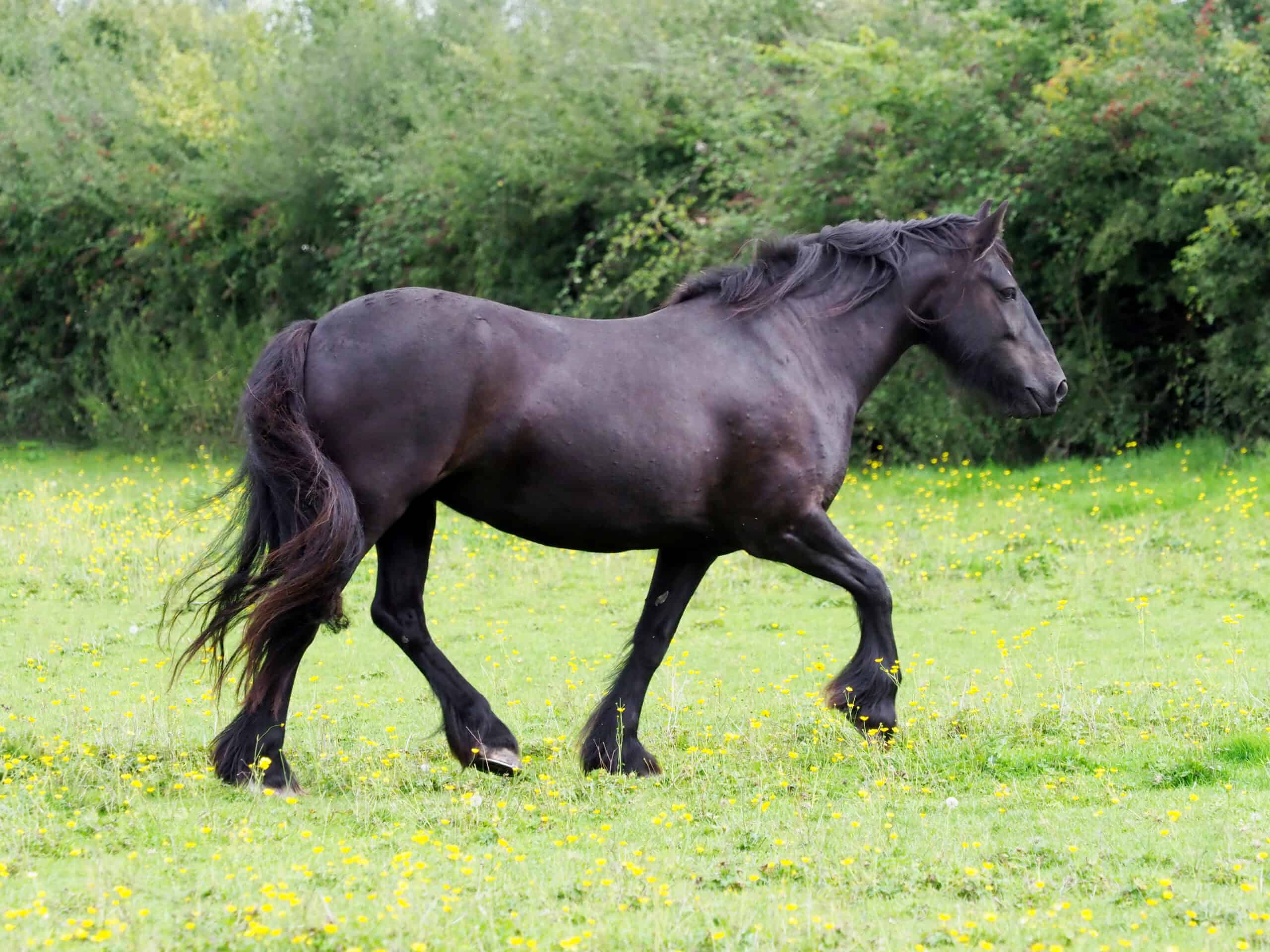
The Dales Pony hails from the rugged dales of northern England. Known for its strength and resilience, this breed was traditionally used for carrying heavy loads in the lead mining industry. Compact and powerful, Dales Ponies stand 14–14.2 hands tall and thrive in difficult settings. The breed’s rarity can be attributed to the decline of traditional industries that relied on them.
Eriskay Pony
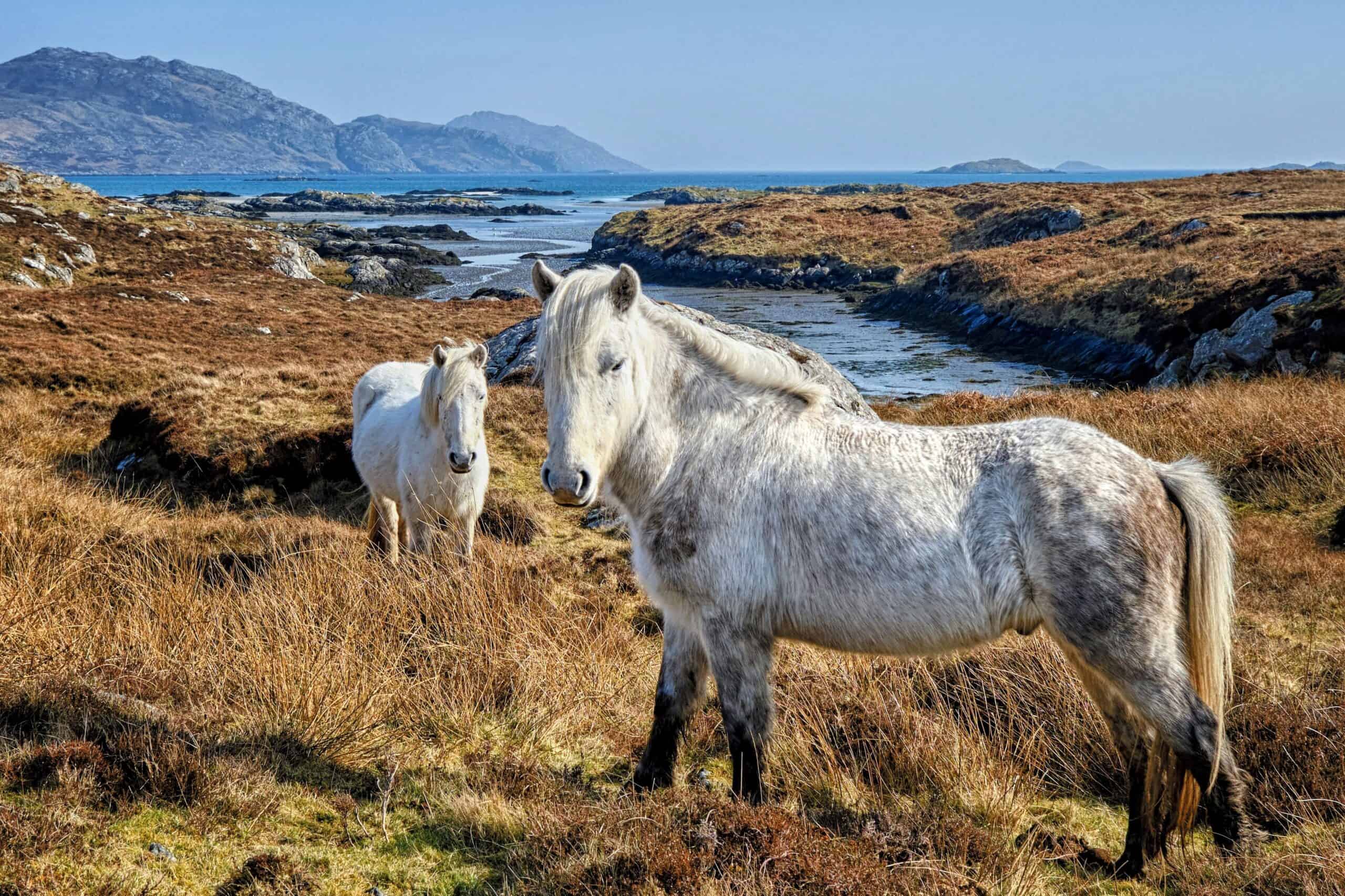
The Eriskay Pony is one of the last remnants of the ancient Celtic and Norse horses. Native to the Hebrides islands of Scotland, these small yet sturdy ponies stand around 12 to 13 hands high. They are known for their gentle temperament and adaptability to harsh climates. Their rarity is a result of their isolated breeding and the decline in their traditional use as working ponies.
Akhal-Teke
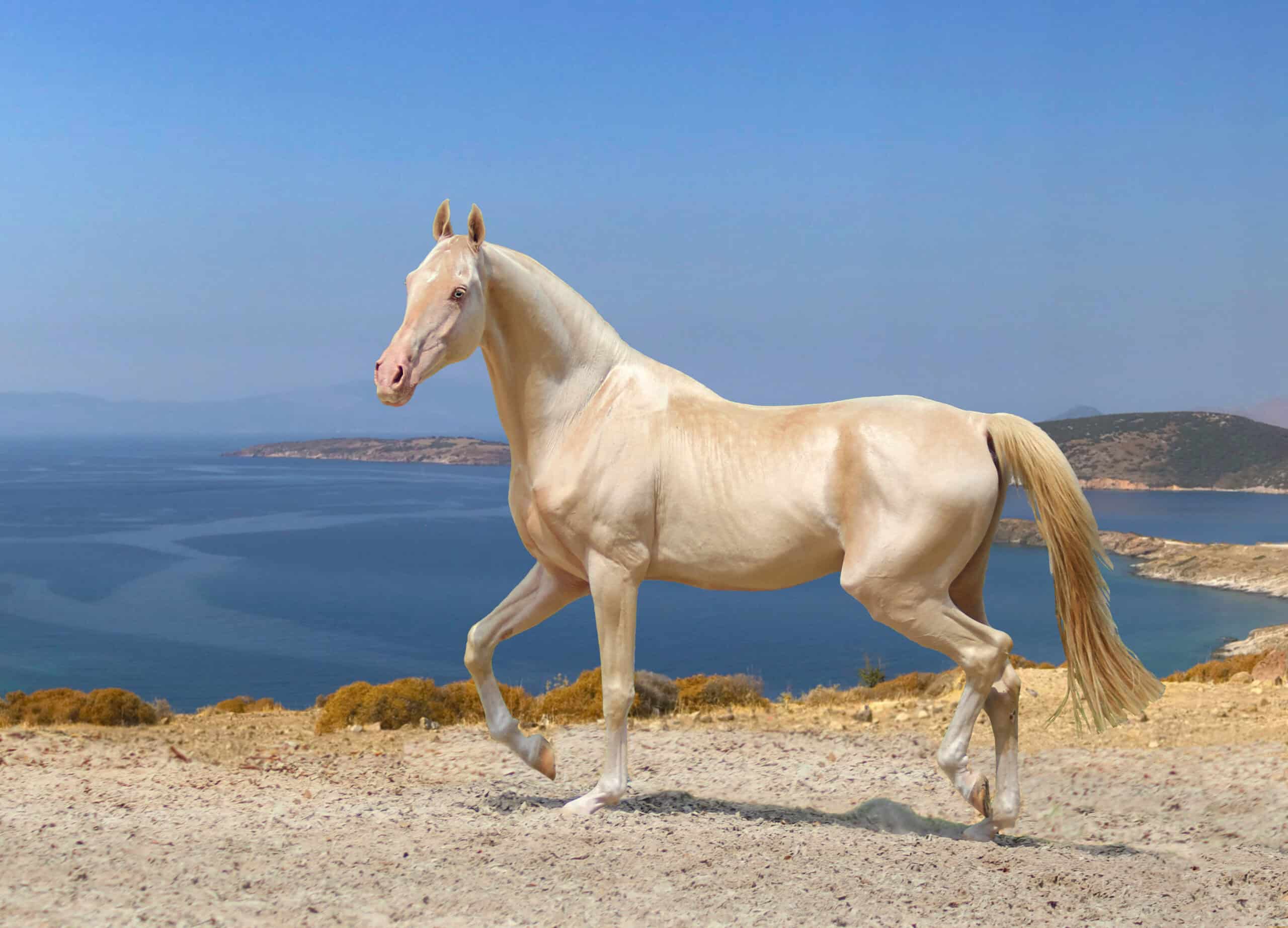
The Akhal-Teke is renowned for its striking metallic sheen and incredible endurance. Originating from Turkmenistan, this ancient breed has a history that spans over 3,000 years. They are sleek, and athletic, and stand 14.2–16 hands tall. Their coat can appear golden or metallic in sunlight. This breed is rare due to its limited geographical distribution and strict breeding requirements. Akhal-Tekes are celebrated for their endurance and speed, often used in long-distance races.
Exmoor Pony
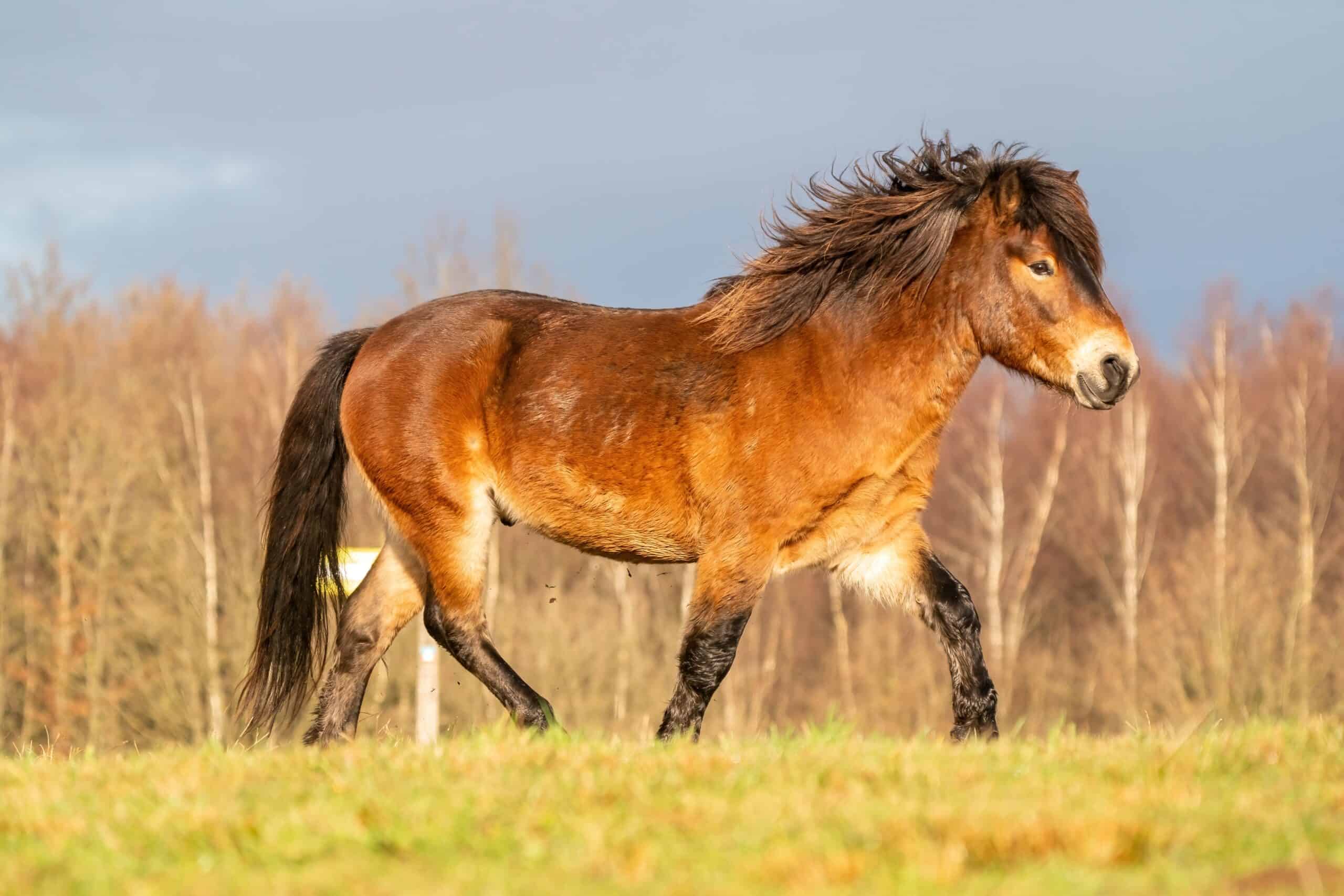
The Exmoor Pony is one of the oldest and purest breeds in Britain, dating back to the Mesolithic period. Native to the Exmoor region, these ponies are known for their hardiness and adaptability to harsh moorland conditions. They typically stand between 11.1 and 12.3 hands high, with a distinctive “mealy” muzzle and a stocky build. Their rarity is due to habitat loss and changes in agricultural practices. The Exmoor Pony’s historical significance is profound, representing a direct link to the wild horses that once roamed Europe.
Galiceno
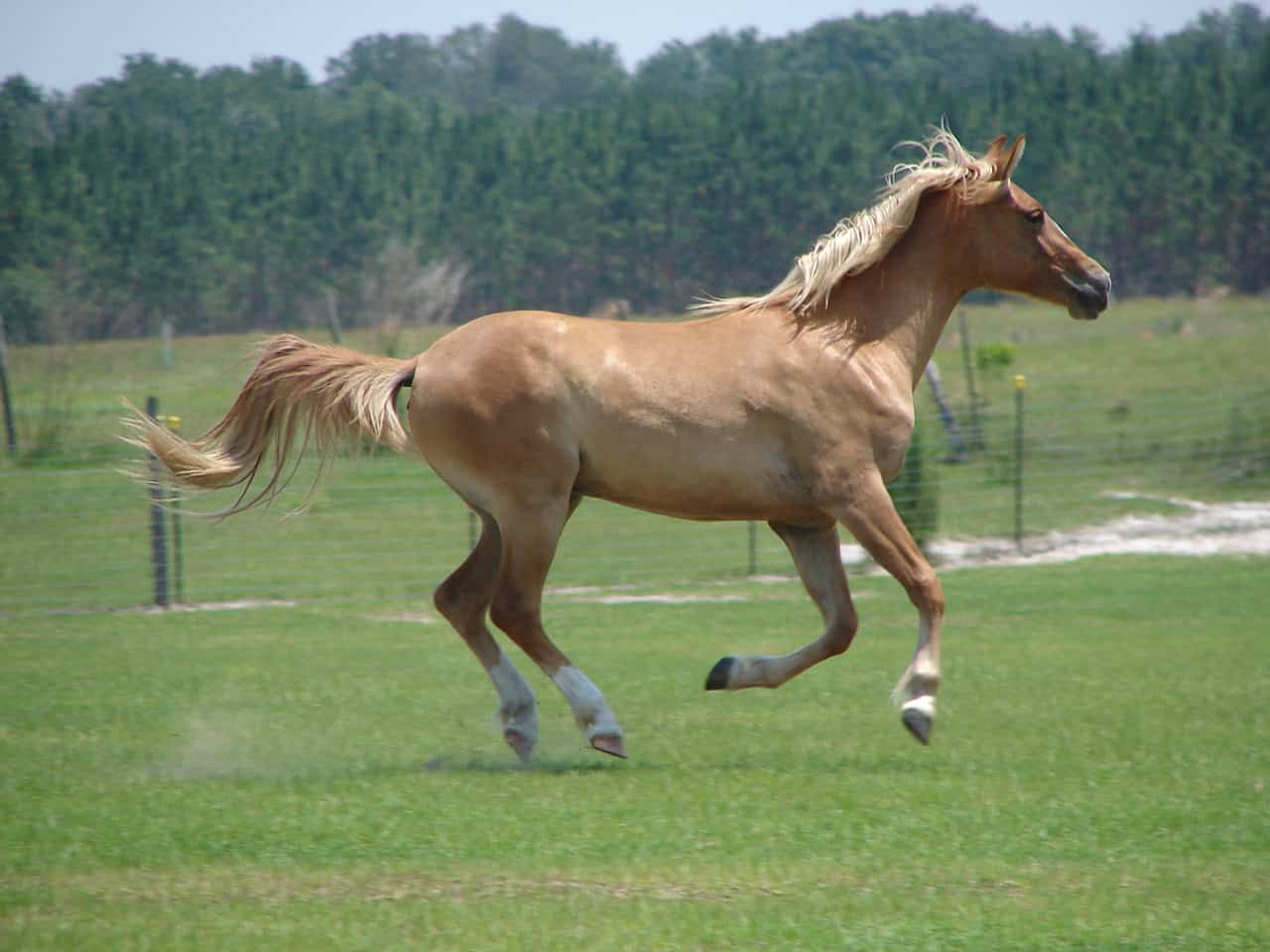
The Galiceno is a small, agile horse breed from Mexico, known for its endurance and versatility. These horses typically stand between 12 and 13.2 hands high and have a refined build, making them suitable for a variety of tasks, from riding to light draft work. Despite their small numbers, Galicenos are valued for their gentle disposition and stamina. Historically, they played a significant role in the development of horse breeds in the Americas, contributing to the genetic pool of several modern breeds.
Gypsy Vanner
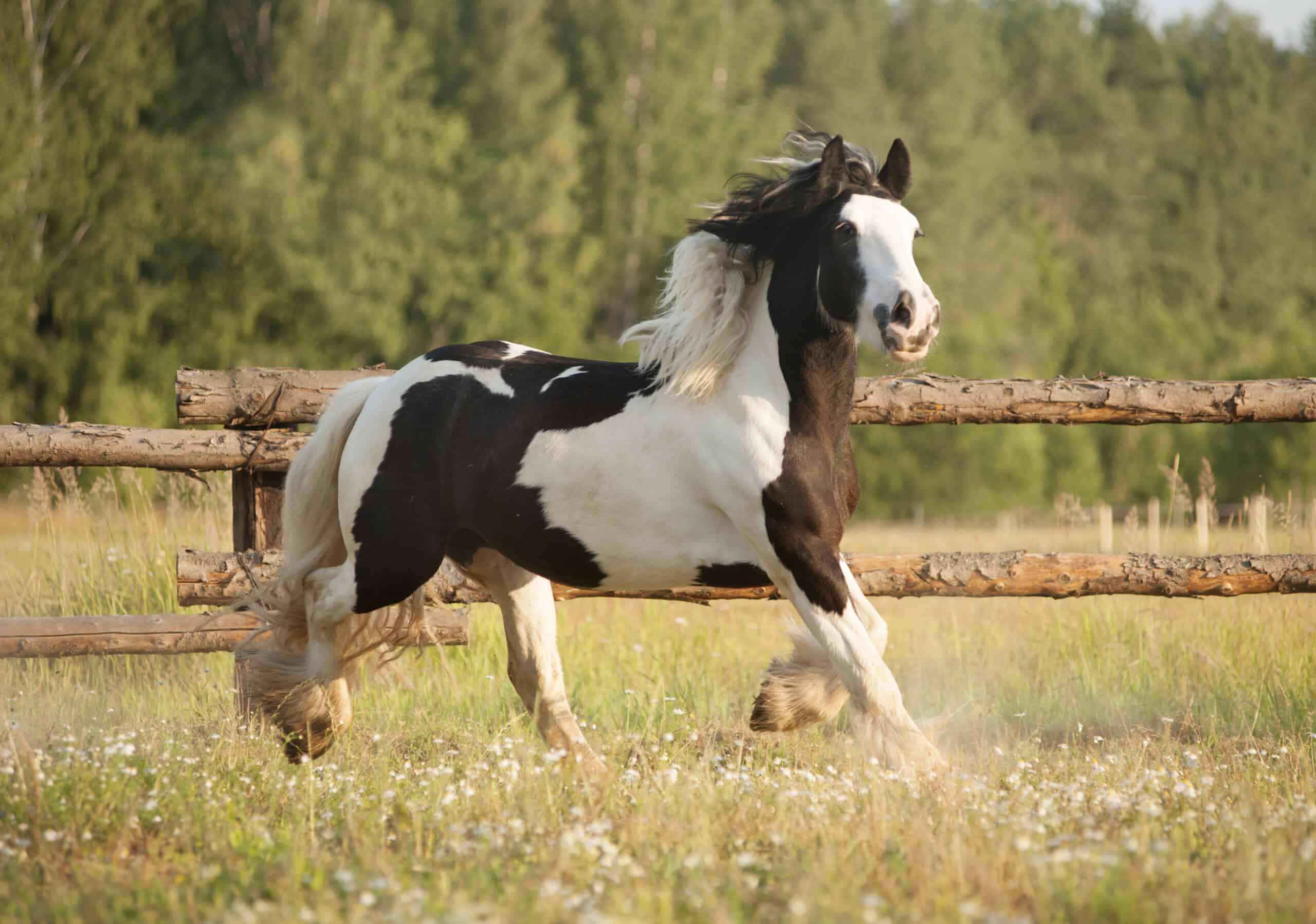
The Gypsy Vanner is a breed developed by the Romani people of the British Isles. These horses were bred to pull the colorful caravans of the Romani, requiring strength and a gentle disposition. Gypsy Vanners are known for their striking appearance, with long flowing manes, tails, and feathering on their legs. They typically stand between 14 and 15.2 hands high. Their rarity is a result of their specialized breeding and the relatively recent recognition of the breed outside the Romani community. These horses come in various colors, often featuring piebald or skewbald patterns.
Kathiawari Horse
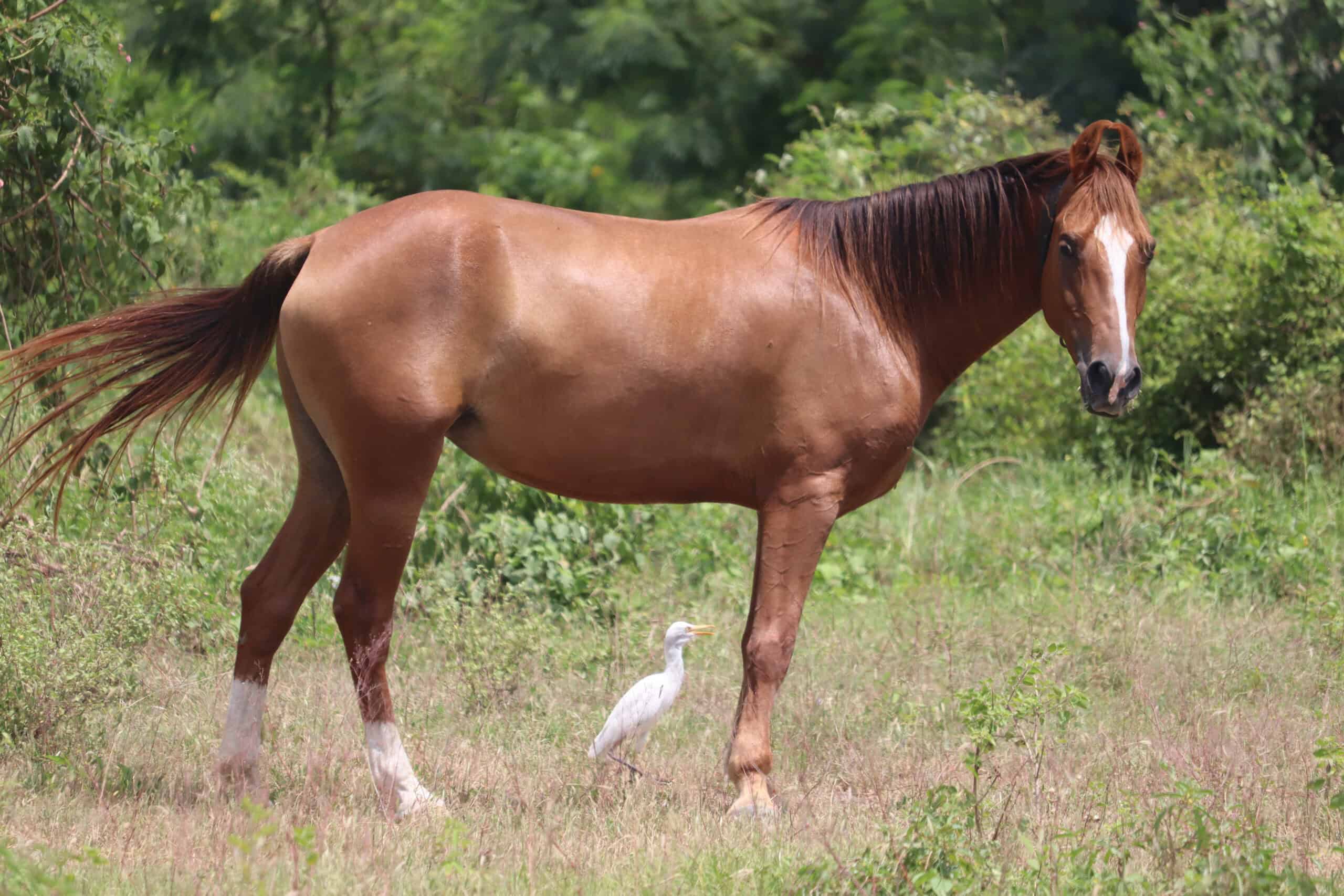
The Kathiawari Horse originates from the Kathiawar peninsula in India. This breed is known for its unique inward-turning ears and high endurance, making it well-suited for the harsh desert environment. Kathiawari horses typically stand between 14 and 15 hands high and come in a range of colors, including chestnut, bay, and gray. Their rarity is due to the limited breeding population and competition from more popular breeds in India. Despite their dwindling numbers, Kathiawari horses are celebrated for their agility and resilience.
Caspian Horse
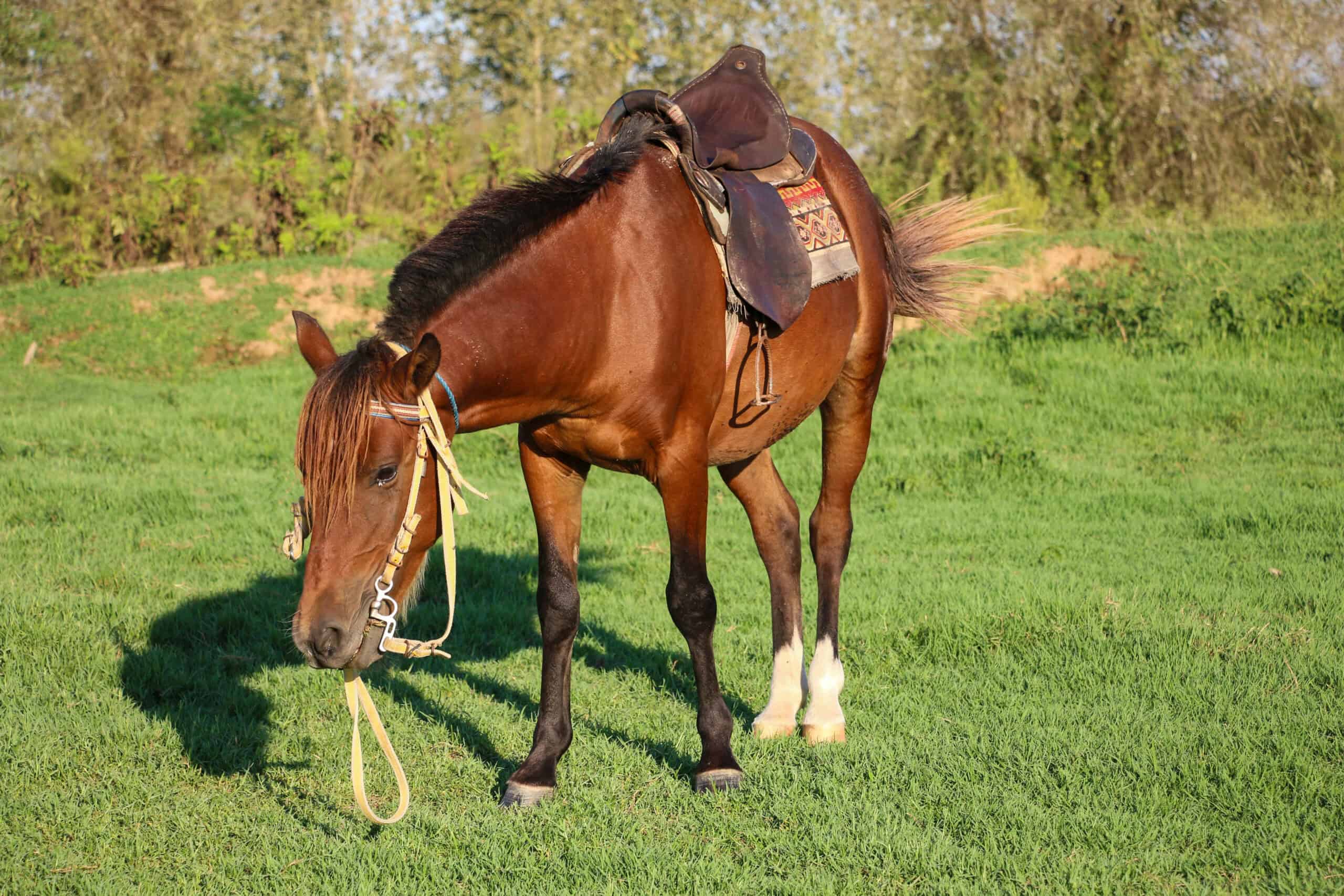
The Caspian Horse is one of the oldest horse breeds, with origins tracing back to ancient Persia. These small horses, standing between 10 and 12 hands high, are known for their refined features and exceptional agility. Caspian horses typically have a fine coat in colors like bay, black, and chestnut. The breed’s rarity is due to its near extinction in the 20th century, with efforts to revive the breed only beginning in the 1960s. They are prized for their intelligence and versatility, often used in equestrian sports for children.
Marwari Horse
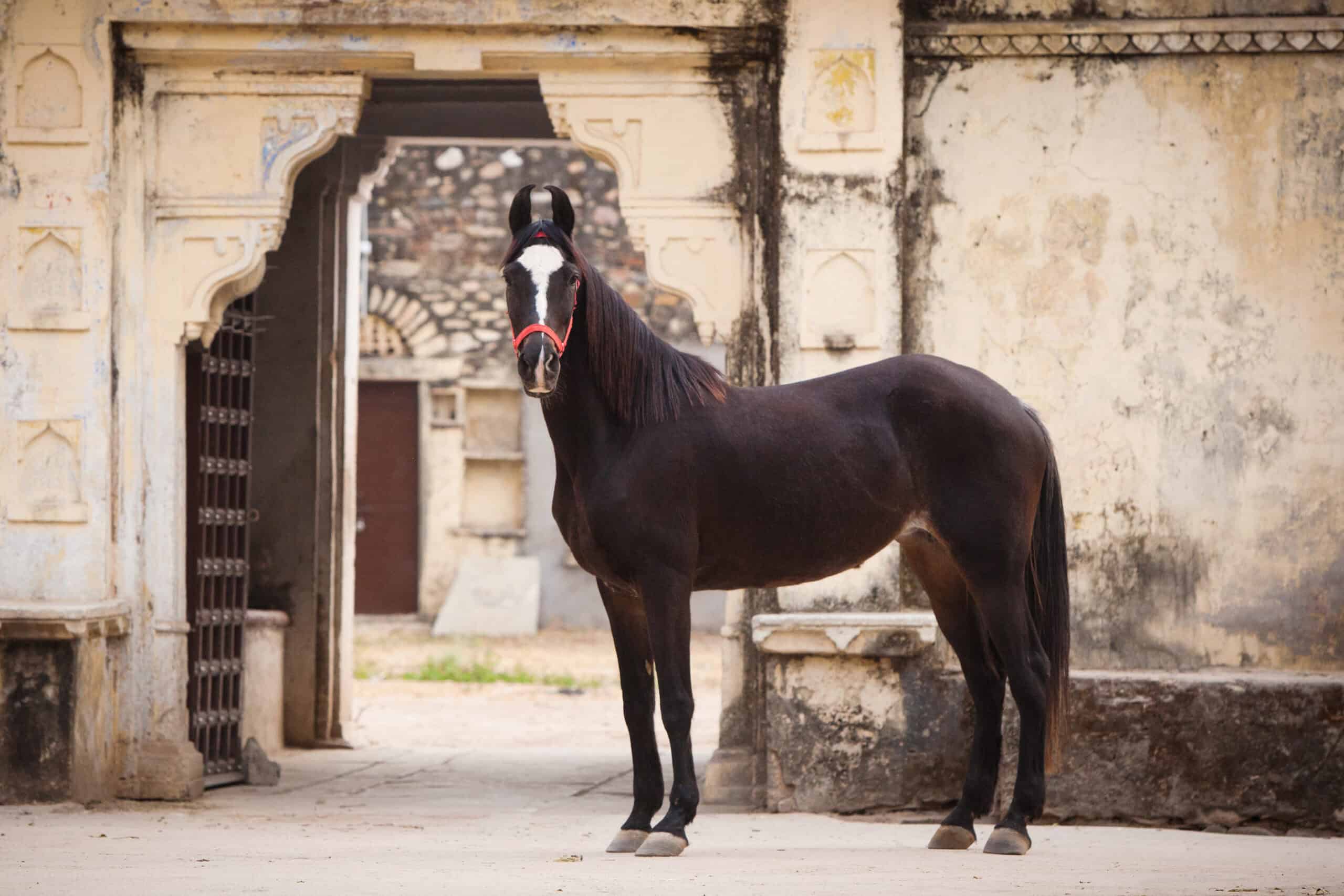
The Marwari Horse hails from the Marwar region of India. This breed is easily recognizable by its inward-turning ears and elegant build. Marwari horses typically stand between 14 and 16 hands high and come in various colors, including bay, black, chestnut, and gray. The breed’s rarity is due to the decline in traditional uses and the strict breeding regulations in India. Marwari horses are celebrated for their endurance and loyalty, historically used by Rajput warriors in battle.
Mangalarga Marchador
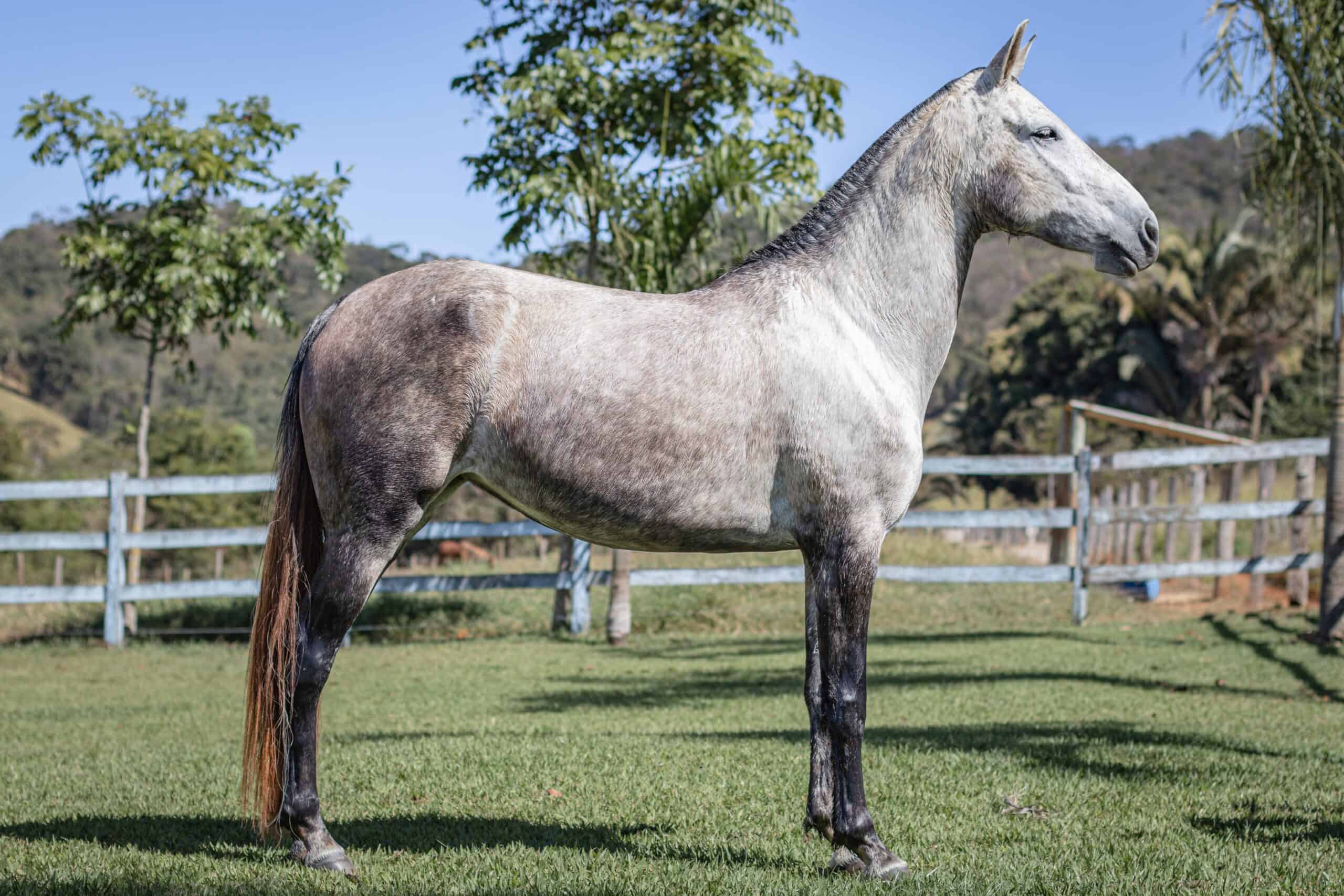
The Mangalarga Marchador is a Brazilian breed known for its smooth gaits and versatility. These horses are typically between 14 and 16 hands high and come in a variety of colors, including bay, gray, and chestnut. The breed is prized for its unique gaits, the marcha batida and marcha picada, which provide a comfortable ride. These horses are valued for their endurance and versatility, used in everything from cattle work to endurance riding.
Sorraia Horse
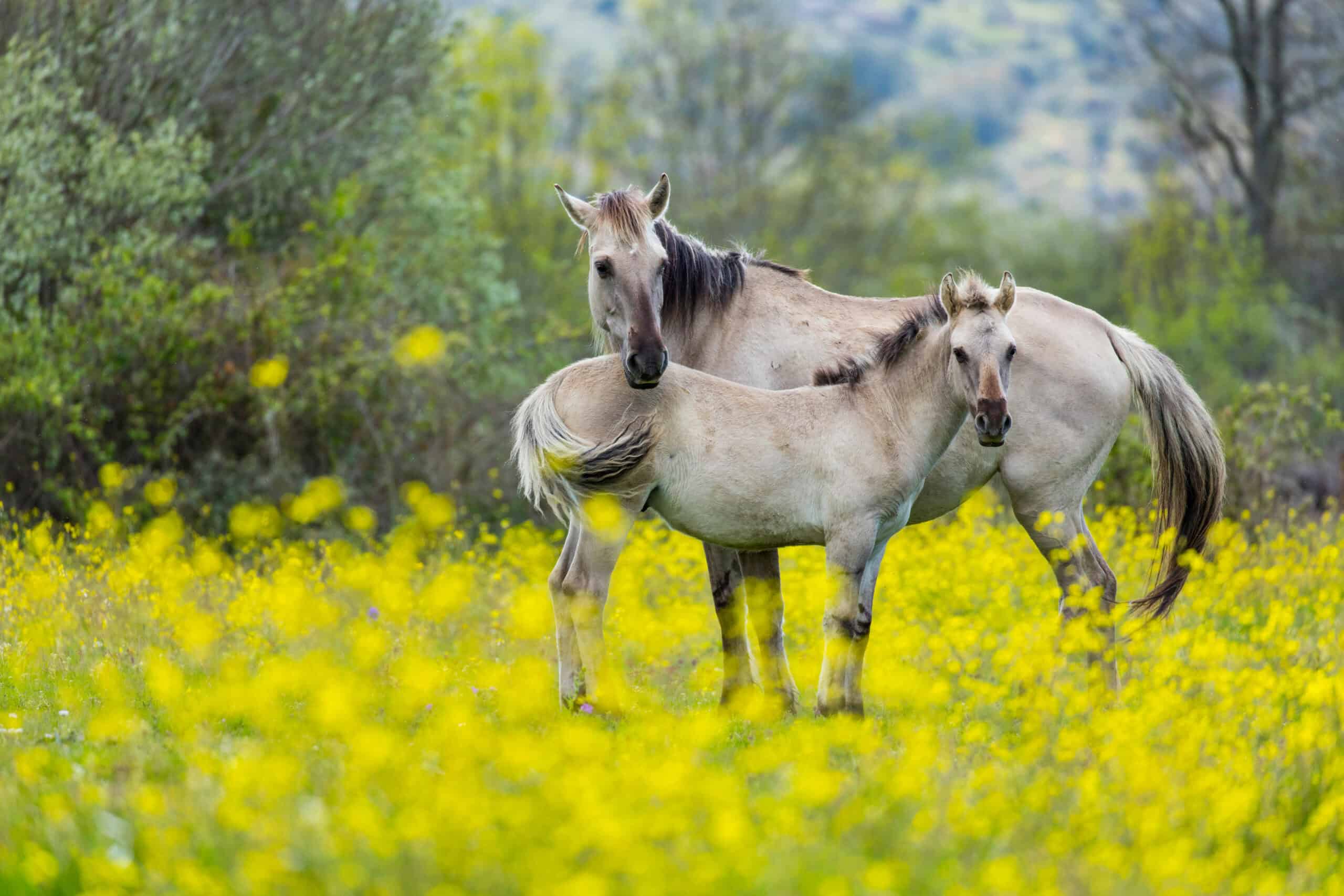
The Sorraia Horse is a primitive breed from the Iberian Peninsula. These horses are known for their distinctive appearance, with a dun coat, dorsal stripe, and zebra-like leg markings. Sorraia horses typically stand between 14 and 15 hands high and exhibit primitive features reminiscent of ancient wild horses. Their rarity is due to their limited population and the efforts to maintain their genetic purity. Sorraia horses are celebrated for their hardiness and adaptability to harsh environments.
Suffolk Punch
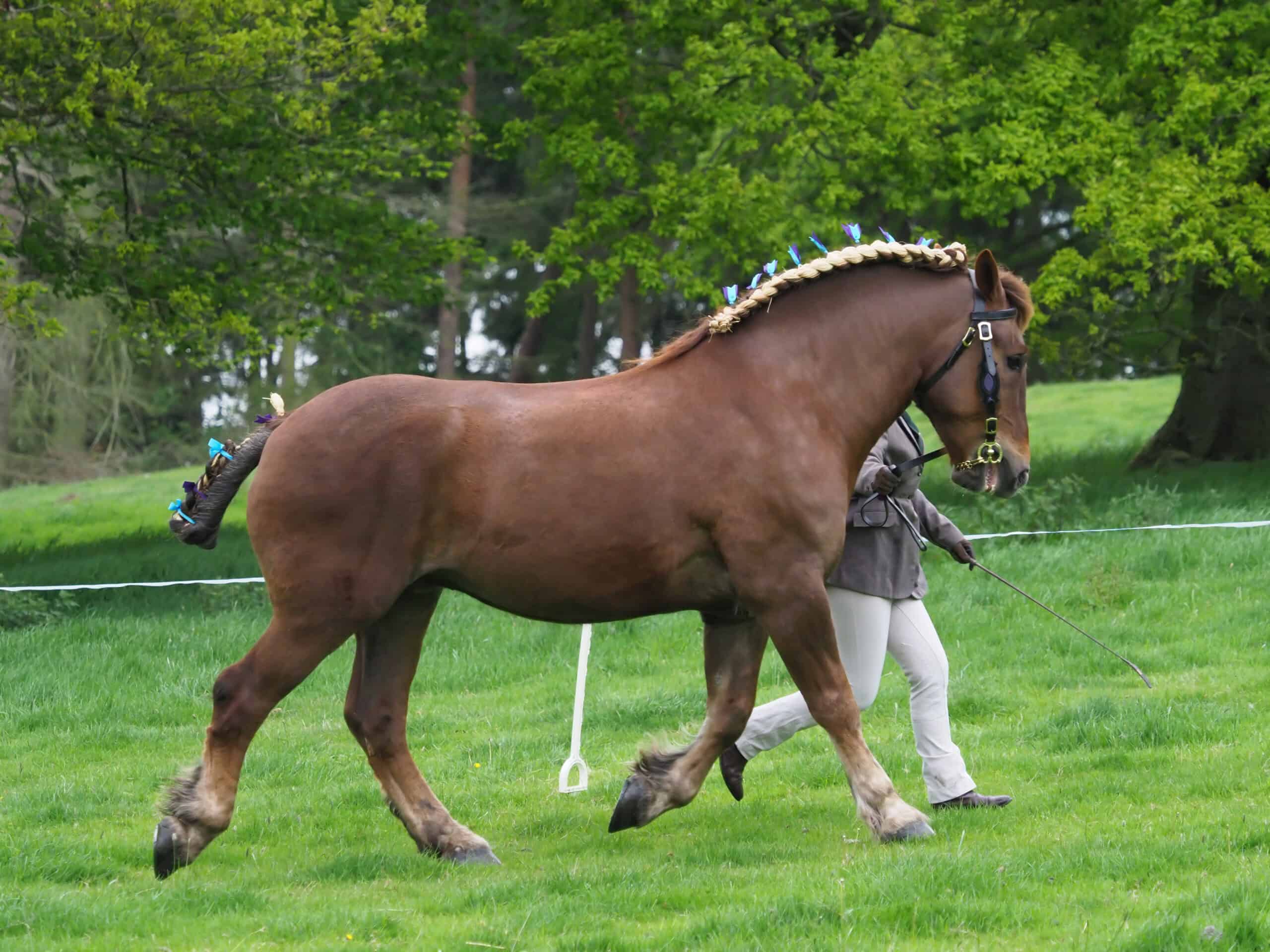
The Suffolk Punch is an English draft horse breed known for its strength and distinctive chestnut color. These horses typically stand between 16 and 17 hands high and are characterized by their powerful build and gentle nature. The breed’s uniform chestnut coat is a hallmark, with shades ranging from light golden to dark liver chestnut. Despite their reduced numbers, these horses are prized for their work ethic and calm demeanor.
This article originally appeared on Rarest.org
More from Rarest.org
9 Most Elusive Big Cat Species
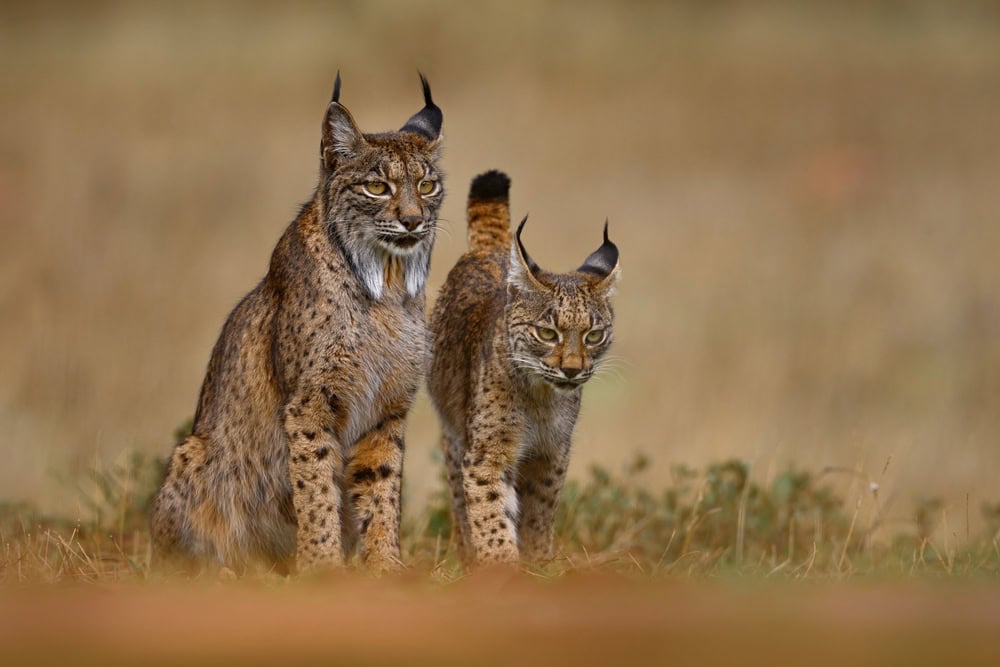
Big cats are majestic creatures. Some are incredibly elusive, rarely seen by humans. This article explores the most elusive big cat species. Discover their size, appearance, behavior, origin, and why they remain rare. Read More.
1944 Jefferson Nickel Value Guide
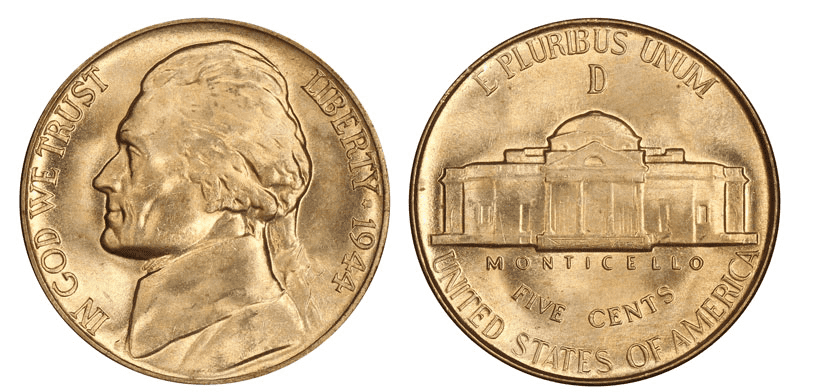
The Jefferson nickel has been the five-cent coin the United States Mint issued since 1938 when it replaced the Buffalo nickel. Although the Buffalo nickel looked amazing, it was difficult to mint. Read More.
1993 Roosevelt Dime Value Guide
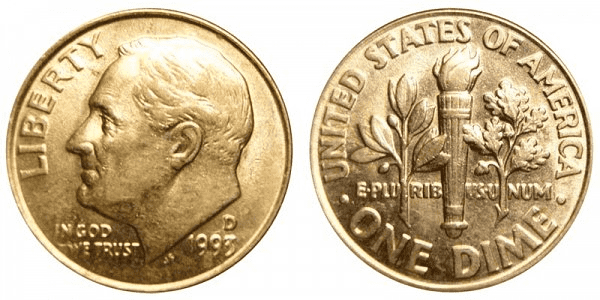
The production of the 1993 10-cent coin is part of the Roosevelt dime series, first issued in 1946. Since then, the Roosevelt dime became popular among Americans, one of the most widely used coins today. Read More.
